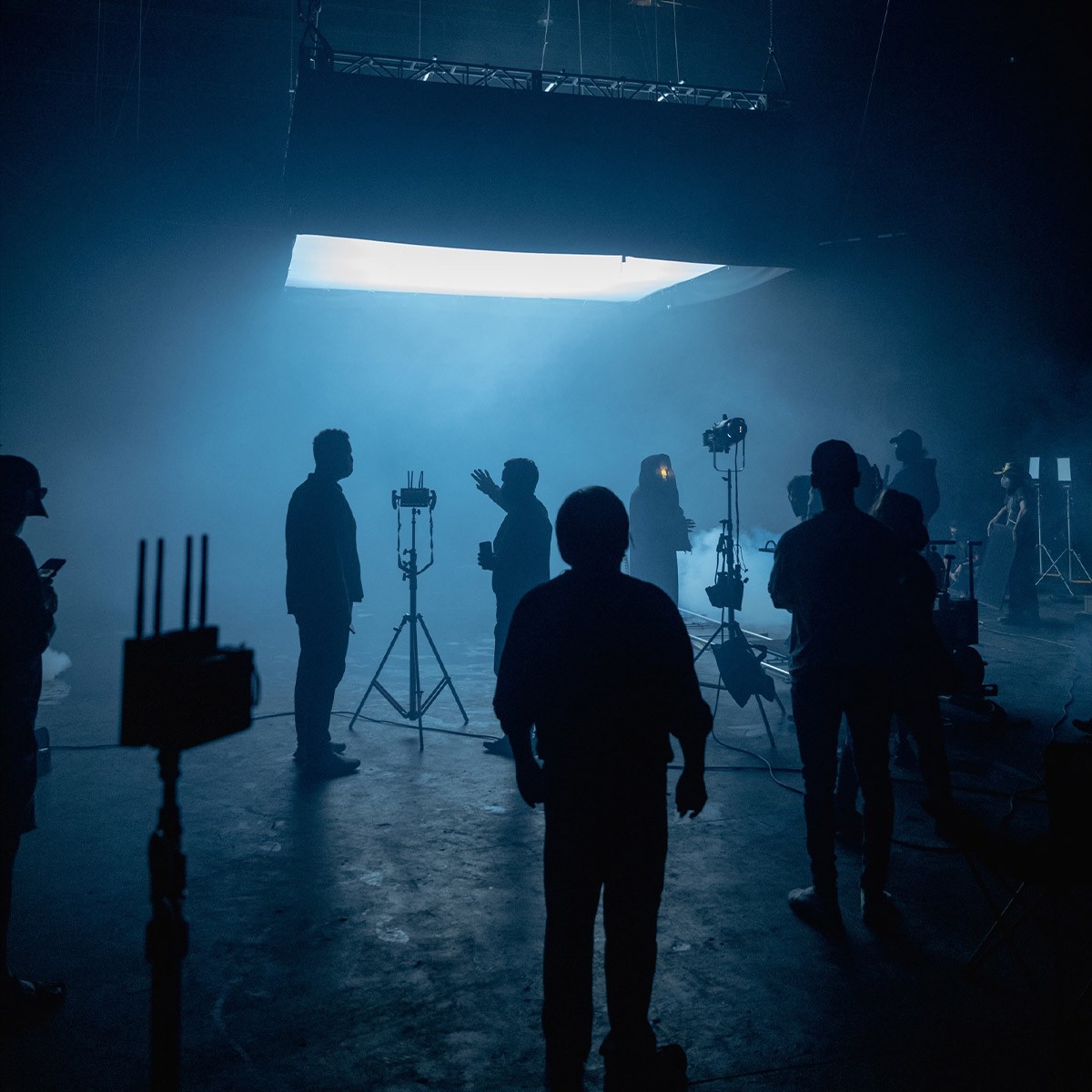Stunts Department
Film Crew Position: Lead Rigger

What does a Lead Rigger do?
A Lead Rigger in the context of the film industry is a specialized professional responsible for the design, setup, and maintenance of rigging systems used in stunts and complex action sequences. Their expertise ensures the safety and effectiveness of equipment that suspends or moves both objects and performers, often simulating dangerous scenarios for cinematic effect. Being at the forefront of the Stunts Department, Lead Riggers play a crucial role in bringing dynamic and visually striking scenes to life, all while maintaining stringent safety standards.
What role does a Lead Rigger play?
The role of the Lead Rigger encompasses the planning and execution of various rigging tasks on a film set. They collaborate closely with the director, stunt coordinator, and other department heads to understand the creative vision and technical requirements of a scene. The Lead Rigger is tasked with designing rigging systems that are both safe and invisible to the camera, selecting appropriate hardware, and leading a team of riggers during installation and operation. They must also ensure that all rigging equipment complies with industry safety regulations and that any potential risks are mitigated.
Do you need to go to college to be a Lead Rigger?
A college degree is not a strict requirement to become a Lead Rigger. However, a background in mechanical engineering, physics, or a related field can be advantageous. More critical to this position are hands-on experience and a comprehensive understanding of rigging techniques, safety protocols, and equipment. Many Lead Riggers have extensive backgrounds in technical theater, acrobatics, or have worked their way up through the ranks of the rigging department, gaining practical experience along the way.
What skills do you need to be a Lead Rigger?
The skills required for a Lead Rigger are multifaceted, combining a deep knowledge of physics and engineering principles with practical abilities. Proficiency in designing complex rigging systems, problem-solving, and leadership skills are paramount. A Lead Rigger must also have strong communication skills to effectively collaborate with diverse teams and ensure that all safety precautions are understood and followed. Additionally, they should be adept at working at heights, possess manual dexterity, and have the foresight to anticipate and address potential risks associated with stunts and special effects.
New to filmmaking?
Get Free Template
Use our budget template to get a kick start on your film project. Get access to dozens of templates no matter what type of project!
